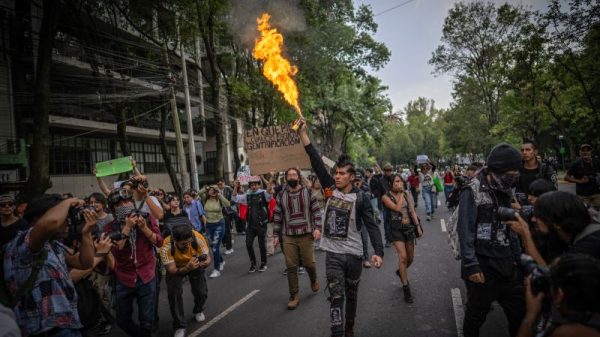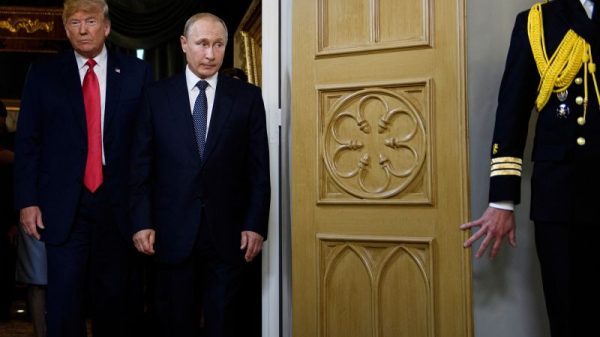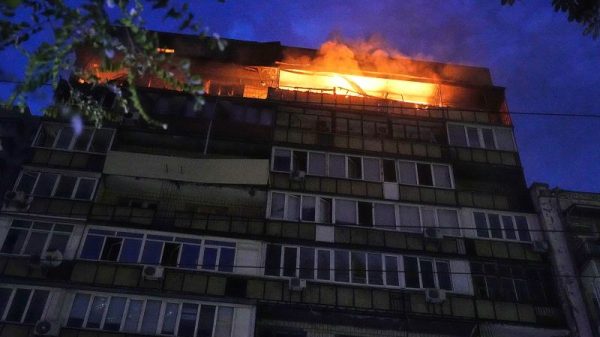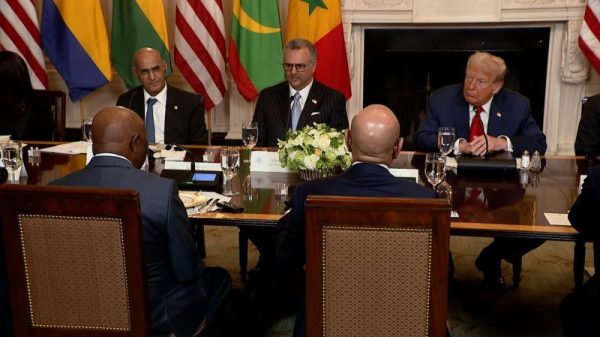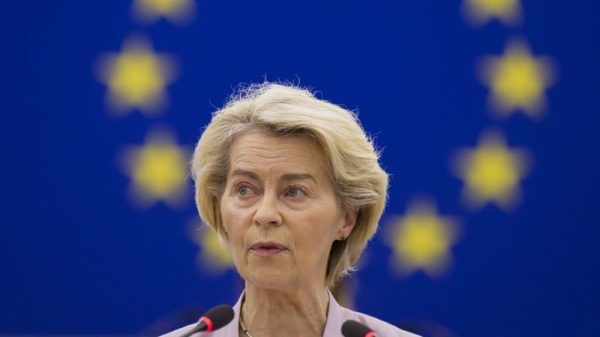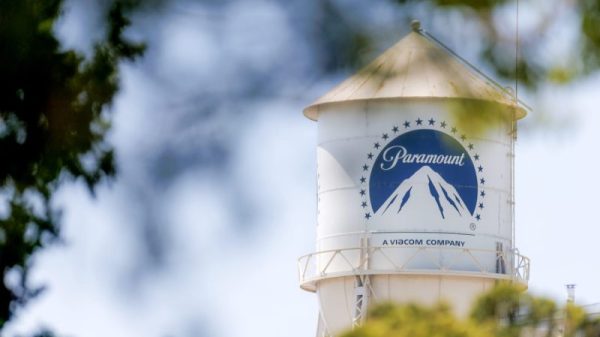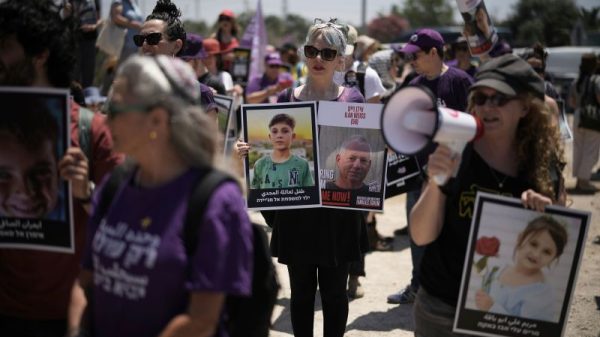Israeli Prime Minister Benjamin Netanyahu said Israel’s military is “switching gears” in Gaza, dividing and seizing more parts of the strip, a move observers say could mean Israel establishing deeper, more long-term control over the territory.
Israel says it will escalate its campaign against Hamas in Gaza until it agrees to revised ceasefire terms, with the defense minister vowing to seize “large areas” of the Strip. Gaza has seen an intense bombing campaign, with the territory’s health ministry saying at least 100 people have been killed in the space of 24 hours, bringing the total number of the dead to 1,163 since Israel renewed its military operations in the strip on March 18.
It remains unclear how much land Israel is prepared to seize or whether permanent annexation is being considered, however Netanyahu gave some hints, in particular saying his troops would wrest control over another key strip of land.
“Last night in the Gaza Strip, we switched gears. The IDF (Israel Defense Forces) is seizing territory, striking the terrorists and destroying the infrastructure,” Netanyahu said in a video speech on Wednesday.
“We are now dividing the strip and increasing the pressure step by step, so that they will give us our hostages. And as long as they do not give them to us, the pressure will increase until they do.”
“We are also doing something else: We are seizing the Morag Corridor. This will be the second Philadelphi, an additional Philadelphi Corridor,” he added.
The Morag Corridor refers to the settlement of Morag that once lay between the cities of Khan Younis and Rafah in southern Gaza. The Philadelphi corridor is a 14-kilometer (8.7-mile) strip of land in southern Gaza along the border with Egypt, which Israel had also seized and continues to occupy as a major sticking point in ceasefire negotiations.
Gisha, an Israeli human rights organization that focuses on the freedom of movement of Palestinians, says that even before the current operation, Israel had already expanded its control of a buffer zone along the edges of the enclave, covering almost 52 square kilometers along the entire perimeter of the Strip, or 17% of its total area.
Col.(res) Grisha Yakubovich, former Head of the Civil Department for the Coordination of Government Activities in the Territories (COGAT) compared the move – which also follows a number of evacuation orders for Palestinians – to Israeli forces’ earlier creation of a “buffer zone” in northern Gaza, where troops cleared Hamas strongholds and established a security perimeter near Israeli border communities.
‘Closed control’
Maj. Gen. (res.) Eitan Dangot, former Coordinator of Government Activities in the Palestinian Territories (COGAT), speculated that seizing the Morag corridor could be the start of dividing Gaza into three broad sections for greater control.
“It means Israel or the IDF is going through a very clear process in order to keep areas under closed control by military forces that prevent movement from area to area,” he said.
“There will be full control of traffic that will be allowed to enter and to cross. That means if the time comes that Israel will allow humanitarian aid into Gaza, the control of the convoys will be under more close control,” Dangot added.
Focusing on the Morag corridor is also “a kind of a political decision in order to give the right-wing extremists in the government, a kind of hope that maybe we will be back in some areas (settlements) as before,” Dangot added. “When you say ‘Morag’ out loud, it means going back to the disengagement of Gush Katif.”
Gush Katif was a bloc of several Israeli settlements, including the agricultural settlement of Morag, in the southern Gaza Strip. When Israel disengaged from the Gaza Strip in 2005, then-Prime Minister Ariel Sharon dismantled Gush Katif and expelled some 8,000 Jewish residents living there.
Some Israeli settlers have since October 7 called for a return to Gush Katif and for the re-settlement of Gaza, a movement emboldened by Israel’s right-wing politicians who have openly called for the expulsion of Palestinians from Gaza.
Gaza’s fragile ceasefire was shattered on March 18 as Israel carried out deadly strikes across the enclave and Netanyahu vowed to use “increasing military strength” against Hamas until all hostages are released.
Hostage talks have stalled, with Hamas rejecting Israel’s latest proposal for a temporary ceasefire in Gaza which would have seen a 40-day truce in exchange for the release of 11 hostages, itself a counterproposal to an Egyptian offer Hamas agreed.
A total of 24 living hostages are believed to be in Gaza and the bodies of 35 deceased hostages are thought to still be held in the enclave.
After the first phase of the deal ended in early March, Israel said it would block all aid going into Gaza until Hamas accepted a new, US-backed extension of the ceasefire. Hamas – which wants to see the full withdrawal of Israeli troops from Gaza – rejected the plan, accusing Israel of reneging over commitments made during initial talks over the truce.
Israel resumed full-scale military operations soon after – and mediators are struggling to revive negotiations.
Israel launched a war on Hamas in Gaza on October 7, 2023, following the militant group’s surprise attack on southern Israel that killed 1,200 people, mostly civilians, and took 251 hostage, according to Israeli authorities.
The war has killed more than 50,000 Palestinians in Gaza since October 7, 2023, according to the territory’s health ministry.






